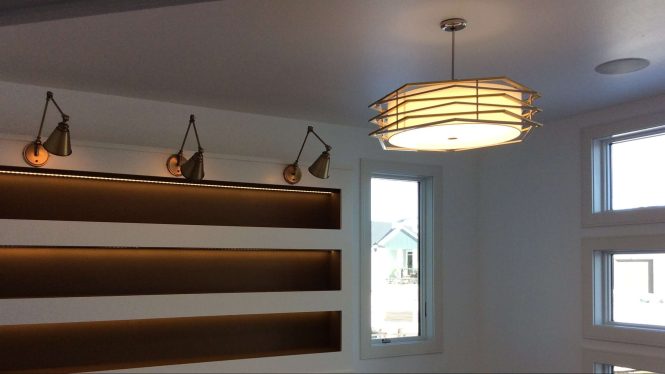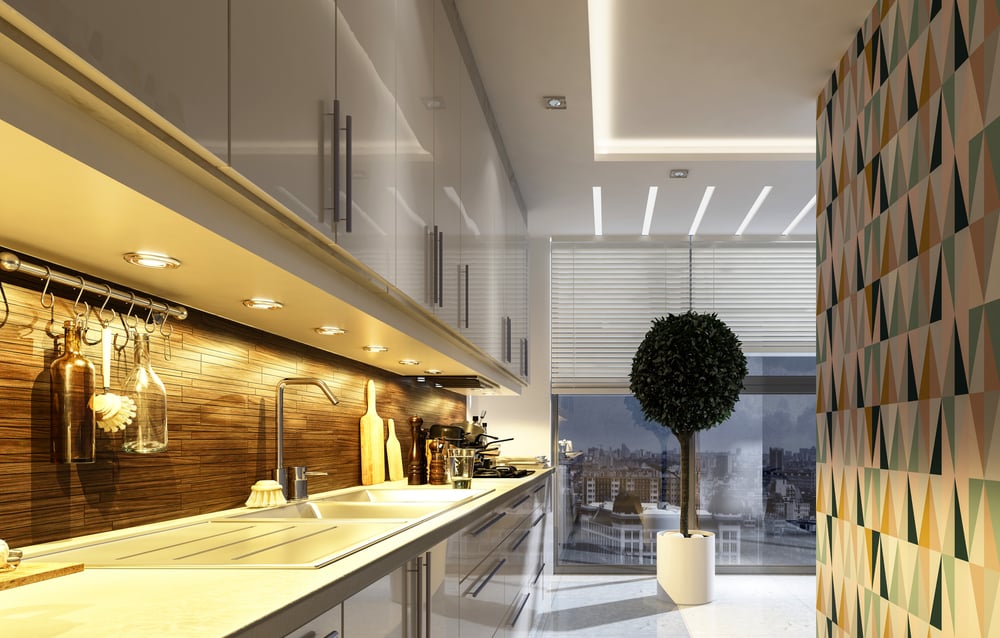

Accent Lights Artwork: Illuminating Your Masterpieces. Walking into a room, what’s the first thing that catches your eye? Often, it’s a captivating piece of art, skillfully displayed and beautifully lit. Accent lighting plays a crucial function in enhancing artwork, transforming a simple display into a captivating visual experience. Many homeowners struggle to showcase their art collections effectively, often leaving prized pieces underlit or poorly illuminated. This leads to a missed chance to create an engaging and aesthetically pleasing space. This thorough guide offers actionable strategies to use accent lights to highlight artwork in your home, covering everything from selecting the right fixtures to mastering optimal placement techniques. We’ll explore various lighting options, discuss crucial considerations, and offer practical tips to ensure your artwork receives the attention it deserves.
Choosing the Right Accent Lights for Your Artwork
Understanding varied Light Types
Accent lighting for artwork isn’t a one-size-fits-all solution. The ideal type of lighting will depend on several factors, including the artwork’s size, medium, and the overall aesthetic of the room. Consider these options:
- LED Strip Lights: These offer flexibility and are energy efficient, perfect for creating a wash of light across a larger piece or for use in recessed lighting applications.
- Track Lighting: Ideal for galleries or rooms with multiple pieces, track lighting allows you to adjust light direction easily.
- Picture Lights: These are specifically designed for artwork, often with adjustable arms for precise positioning. They come in various styles to complement varied décor themes.
- Spotlights: Perfect for highlighting smaller, intricate pieces or focusing attention on a particular detail.
Choosing the right light temperature is equally crucial. Warmer tones (2700K-3000K) create a cozy and inviting atmosphere, while cooler tones (5000K-6500K) offer a brighter, more modern feel. The ideal temperature often depends on the artwork’s colors and the mood you want to set.
Strategic Placement for Maximum Impact
Avoiding Common Mistakes
Poorly placed lighting can detract from even the most stunning piece of art. Common mistakes include:
- Direct Glare: Harsh, direct light can create glare and make it difficult to see the artwork’s details.
- Uneven Illumination: Inconsistent lighting can lead to shadows and dark spots on the artwork’s surface.
- Incorrect Angle: Lighting from the wrong angle can distort colors and textures.
Proper placement requires careful consideration of the artwork’s size, shape, and the wall’s color. Experiment with varied angles to achieve even illumination and minimize glare. Consider installing dimmers to control brightness levels.
Accentuating varied Artwork Types
Lighting Paintings
Paintings require a more gentle approach. Avoid harsh, direct lighting; instead, opt for soft, diffused light that enhances the artwork’s colors and textures without creating harsh shadows or glare. Picture lights or adjustable spotlights are ideal for paintings.
Lighting Sculptures
Sculptures often benefit from multiple light sources. Using spotlights from varied angles can highlight the artwork’s three-dimensional form and texture. Consider installing lights that can be adjusted to change the lighting angle to create dramatic effects.
Lighting Photographs
Photographs are highly sensitive to light, especially those with delicate textures and colors. Avoid using very bright lights; instead, use softer light to reveal detail and contrast without washing out the colors. LED strip lights or picture lights are excellent choices.
Integrating Accent Lighting into Your Interior Design
Coordinating with Your Décor
The style of your lighting should complement your overall interior design. For example, modern minimalist spaces might benefit from sleek, integrated LED strips, while a more traditional setting could embrace elegant picture lights or ornate sconces.
Considering Wall Color
Wall color can impact how light reflects and interacts with the artwork. Darker walls might require brighter lighting, while lighter walls might require less intense illumination. Experiment with varied options to find the optimal balance.
Creating Ambiance with Dimmers
Dimmers allow you to adjust the lighting intensity, providing greater control over the overall atmosphere. This makes it possible to create a more relaxed and inviting mood, or a more vibrant and energized feel, simply by adjusting the light levels.
Advanced Techniques for Art Illumination
Layering Light Sources
Professional galleries often use a combination of ambient, task, and accent lighting. Ambient lighting offers general illumination, task lighting allows for work and viewing, and accent lighting focuses on individual artwork. This layered approach delivers a dynamic and engaging viewing experience.
Using Color Temperature to Enhance Mood
The color temperature of your lighting can influence the mood of a room. Warm white lights (2700-3000K) create a warm and inviting feel, while cool white lights (5000-6500K) create a more modern feel. Consider the mood you want to set and select your lighting accordingly.
Reflectors and Diffusers
Reflectors and diffusers can help to enhance the light’s effect and improve the overall quality of illumination. This is particularly useful in rooms with darker walls or ceilings. Carefully positioning reflectors can prevent harsh shadows and improve the evenness of light distribution.
In conclusion, mastering the art of accent lighting for artwork is a transformative process. By strategically placing accent lights, you not only enhance the visual appeal of your artwork but also create a captivating ambiance within your space. Remember to consider the type of artwork, the wall color, and the overall aesthetic of your room when choosing your lighting solution. Don’t be afraid to experiment and find what works optimal for you! Start enhancing your artwork today and elevate your home’s interior design.